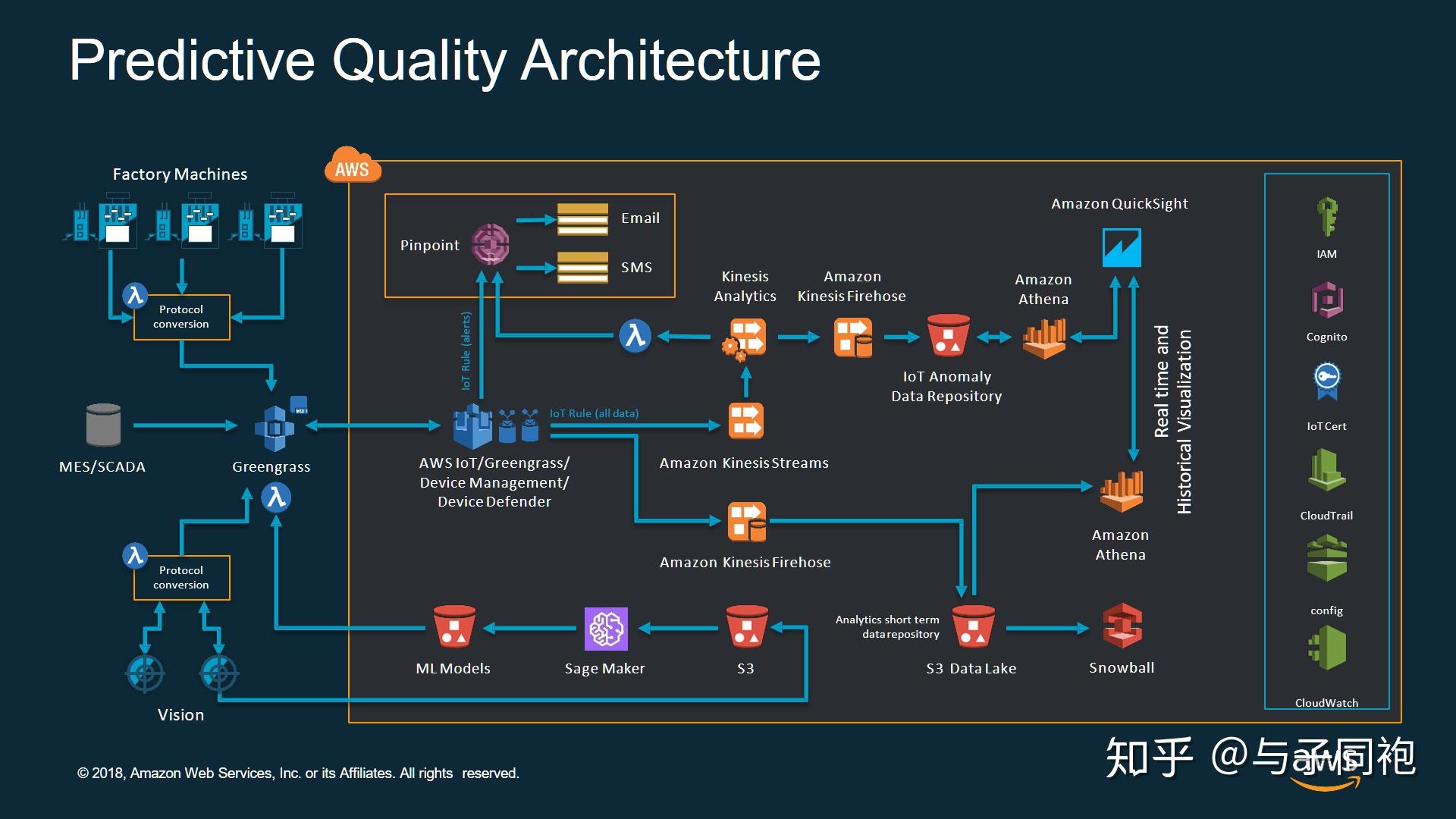|
Wearable devices have witnessed an incredible evolution in recent years, revolutionizing the way we interact with technology on the go. From fitness trackers to smartwatches and augmented reality glasses, these portable gadgets have become an integral part of our daily lives. One significant application of wearable devices is in the realm of health and fitness. Fitness trackers, such as Fitbit and Garmin, have gained immense popularity due to their ability to monitor heart rate, track steps, and analyze sleep patterns. These devices empower individuals to take control of their well-being by providing real-time data and personalized insights. Moreover, the integration of social features allows users to connect with friends and form virtual communities, fostering motivation and healthy competition. Smartwatches have emerged as a game-changer in the wearable device market. Beyond displaying time, they offer a plethora of functionalities akin to those found in smartphones. Users can check messages, make calls, browse the internet, and even access apps right from their wrists. With built-in sensors like accelerometers and GPS, smartwatches also serve as comprehensive fitness companions. Additionally, the ability to customize watch faces and bands provides a fashionable element that appeals to a wide range of consumers. Another exciting innovation in the field of wearables is augmented reality (AR) glasses. AR glasses overlay digital information onto the user's real-world view, enhancing their perception and interaction with the environment. Brands like Google, Microsoft, and Apple have been actively investing in this technology, envisioning a future where AR glasses replace traditional screens. Imagine walking down the street while receiving navigation prompts, checking your email, or even playing games without needing to look at a separate device. Wearable devices are not limited to personal use; they are also making a significant impact in various industries. In healthcare, for instance, wearable sensors can continuously monitor patients' vital signs, enabling remote patient monitoring and early detection of health issues. This technology has the potential to revolutionize healthcare delivery by reducing hospital visits and allowing for more proactive and personalized care. Moreover, wearable devices have proven to be invaluable tools in industries like logistics and manufacturing. Warehouse workers equipped with smart glasses can receive real-time instructions, locate products efficiently, and perform tasks hands-free, leading to increased productivity and reduced error rates. Similarly, in the field of sports, wearables enable athletes to track their performance metrics, identify areas for improvement, and prevent injuries through real-time insights. As wearable technology continues to evolve, its future prospects seem boundless. Advancements in miniaturization, battery life, and connectivity will further enhance the capabilities of these devices. The integration of artificial intelligence and machine learning will enable wearables to anticipate user needs, provide contextual information, and deliver personalized experiences. In conclusion, wearable devices have come a long way and are transforming our lives in remarkable ways. From promoting personal fitness and convenience to enhancing productivity in various industries, these gadgets have become indispensable companions. As technology continues to advance, we can expect even more exciting innovations in the realm of wearables, empowering us to stay connected and make the most out of our daily experiences.  |
